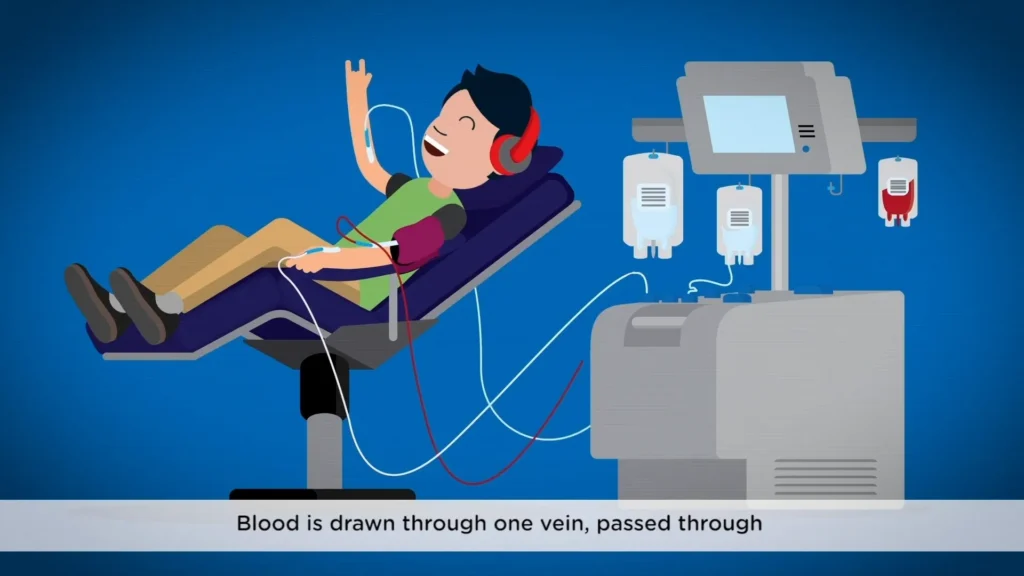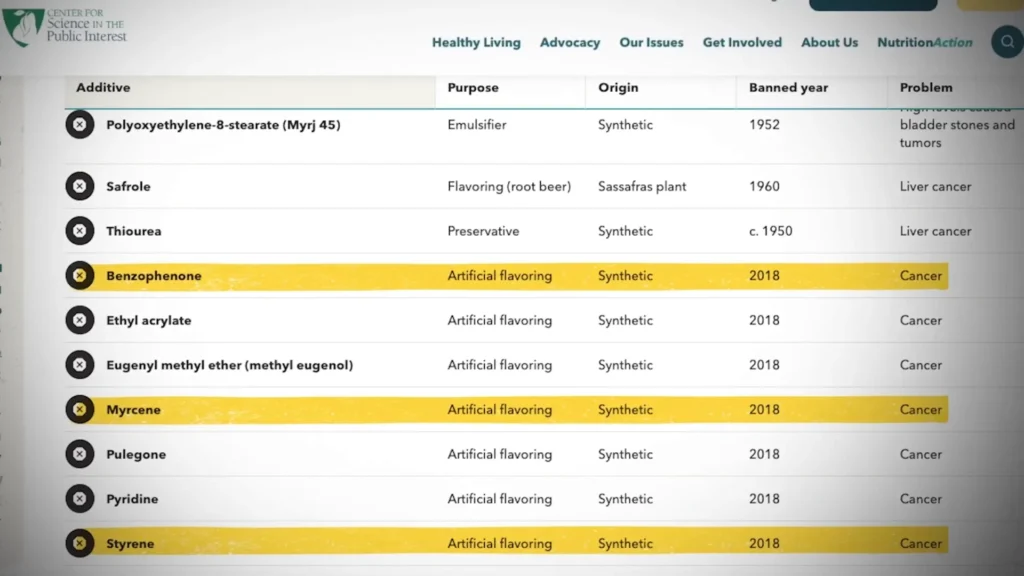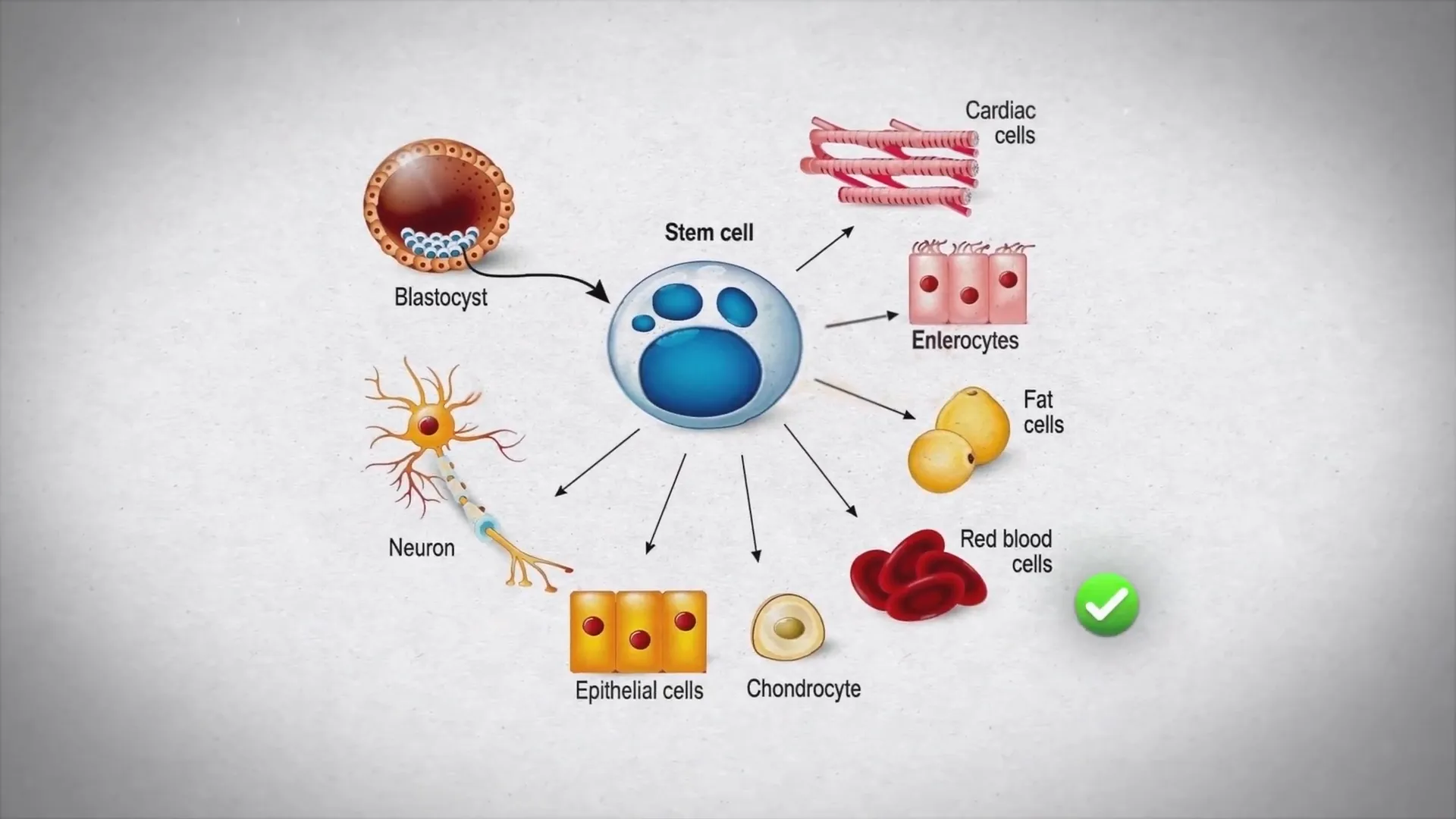Cancer Awareness: Understanding Thalassemia and Stem Cell Donation
Cancer remains one of the most daunting health challenges across the globe. With over 200 life-altering types of cancer identified, the fear surrounding this disease is palpable, even among those who lead healthy lifestyles. This blog aims to shed light on the relationship between cancer, thalassemia, and the importance of stem cell donation. We will explore the biological aspects of these conditions, the role of stem cells in treatment, and how individuals can contribute to the fight against blood cancer.
Understanding Thalassemia
Thalassemia is a genetic blood disorder characterized by reduced hemoglobin production. It can lead to severe anemia, requiring regular blood transfusions and medical care. Many people discover their thalassemia status through routine health screenings. For instance, a random test might reveal that a child has a thalassemia major, significantly altering the family’s life and healthcare needs.
Children with thalassemia often spend considerable time in hospitals, which can be confusing for them. They may not understand why their health requires such attention, often comparing their experiences to peers who seem to have fewer health issues. This experience can be compounded by the awareness of life-altering types of cancer that can also affect children.

The Biology of Cells and Regeneration
Every human body is composed of trillions of cells. For example, an average adult male has approximately 36 trillion cells, while an adult female has around 33 trillion. These cells constantly die and regenerate, illustrating the body’s remarkable ability to heal and maintain itself. The human body can replace a significant portion of its cells every day, with about 330 billion cells regenerating daily.
Notably, certain areas of the body, like the skin and intestinal lining, have a high turnover rate. Skin cells, for example, completely regenerate every four weeks. However, this rapid regeneration is not universal; some cells, particularly cancer cells, can proliferate uncontrollably, leading to various life-altering types of cancer.
Cancer Cells and Their Impact
Cancer cells arise from normal cells that have undergone mutations, leading to uncontrolled division and growth. Chemotherapy is a common treatment strategy aimed at targeting these fast-dividing cancer cells. Unfortunately, chemotherapy does not discriminate, often affecting healthy cells that also divide rapidly, such as those in the gut and hair follicles Life-Altering Types of Cancer.
During chemotherapy, patients may undergo apheresis, a procedure where blood is drawn, stem cells are harvested, and the remaining blood is returned to the patient. This process is crucial for patients who may need stem cell transplants after chemotherapy to restore healthy blood cell production, especially in cases involving life-altering types of cancer.

The Role of Stem Cells
Stem cells are unique as they have the potential to develop into different cell types. They are integral in medical treatments, especially for blood disorders like thalassemia and various cancers. The matching of stem cells for donation is critical, and this is where Human Leukocyte Antigen (HLA) typing comes into play. HLA typing helps identify compatible donors and recipients, with a 25% chance of siblings matching perfectly.
Finding a match can be challenging, as only one in every 100,000 people in the world may be a perfect match. This highlights the need for a robust stem cell registry, such as DKMS, where individuals can register to become potential donors. A simple cheek swab can help determine one’s eligibility as a donor, and the process is straightforward Life-Altering Types of Cancer.
How to Register as a Stem Cell Donor
To become a potential blood stem cell donor, you can check your eligibility and request a swab kit through the DKMS website. The registration process involves filling out a consent form and mailing the swab back for testing. If your HLA type matches with a patient in need, you may be contacted for donation. This act can save lives, particularly for those battling life-altering types of cancer.
For more information and to register, visit Register as a potential donor.
Preventing Cancer: Lifestyle Choices
While genetics play a role in cancer development, lifestyle choices significantly impact cancer risk. Approximately 42% of cancer cases are preventable through lifestyle changes. Factors such as tobacco use, alcohol consumption, diet, and physical activity are crucial in managing cancer risk. It is advisable to consume fresh, natural foods and engage in regular exercise, which includes stretching, cardio, and strength training.
Additionally, minimizing exposure to environmental carcinogens—such as air pollution, pesticides, and certain chemicals—can lower cancer risk. Awareness of these external factors is particularly vital in developing countries, where pollution and exposure rates are often higher Life-Altering Types of Cancer.

The Role of Viruses in Cancer
Certain viruses are known to increase the risk of developing cancer. For instance, Hepatitis B and C, HIV, and Human Papillomavirus (HPV) are significant contributors to cancer risk. Understanding these risks can empower individuals to take preventive measures, such as vaccinations and regular health screenings.
Conclusion
Cancer is a multifaceted disease that affects millions globally. Understanding its relationship with genetic disorders like thalassemia, the importance of stem cell donation, and the impact of lifestyle choices can empower individuals to take action. By raising awareness and participating in stem cell donation, you can contribute to saving lives and combating life-altering types of cancer.
